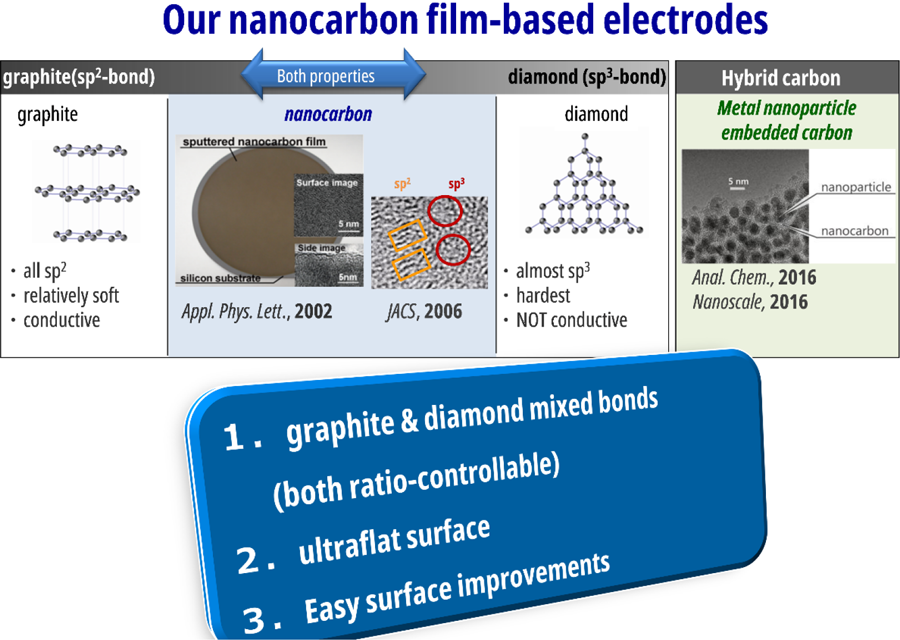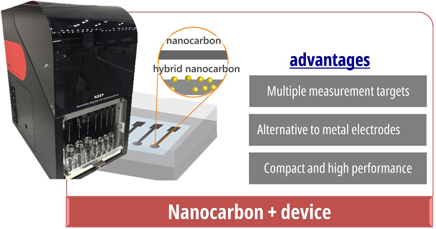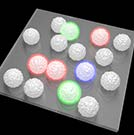Bioimaging Research Group
Research Outline
Target analytes such as biomolecules and biological tissues, or food and environmental substances exist at various scales and concentrations. In order to achieve higher performance imaging and sensing for these targets, we are developing fundamental technologies to enable high-performance imaging and sensing of biomolecules and tissues that exist at various scales and concentrations.
Currently, we are conducting research and development on the following imaging and sensing platforms including devices, materials, and methodologies. In addition, we will actively pursue the social implementation of our outcomes.
Currently, we are conducting research and development on the following imaging and sensing platforms including devices, materials, and methodologies. In addition, we will actively pursue the social implementation of our outcomes.
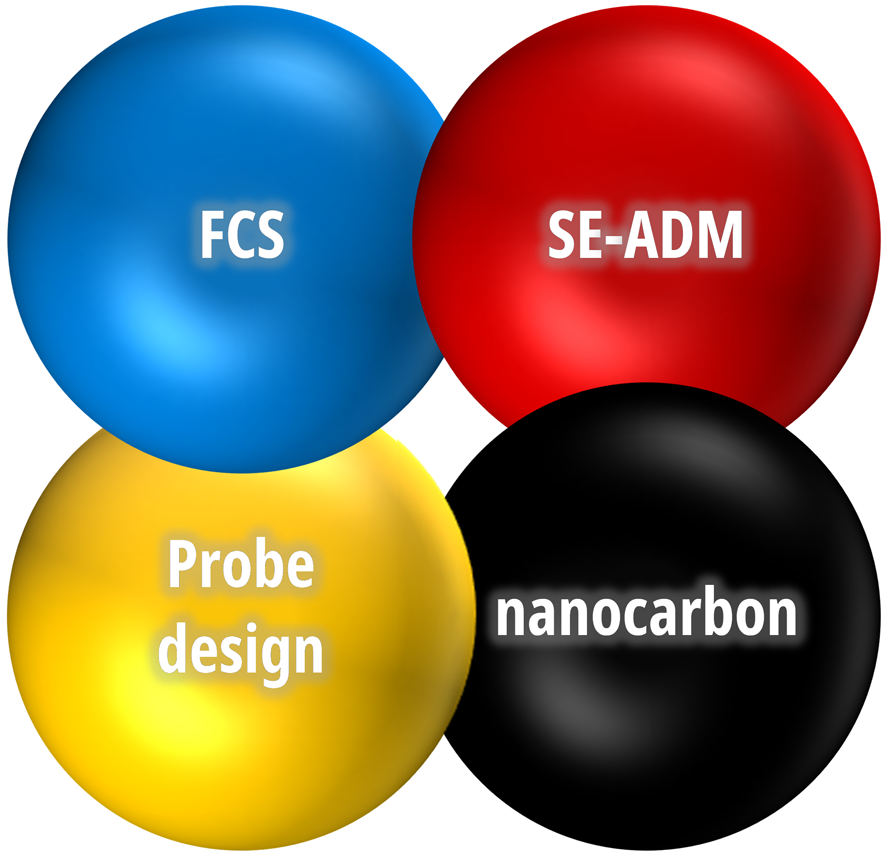
- Development of a scanning electron-assisted dielectric microscopy (SE-ADM) that enables direct observation of samples in aqueous solutions
- Establishment of technology for quantification of intra-/inter-cellular substances based on fluorescence correlation spectroscopy (FCS)
- Synthetic probe design to visualize the disease-related substances.
- Design of nanocarbon electrode materials that can expand the possibility of electroanalysis
 Direct observation of biological samples, organic materials, and nanoparticles in aqueous solutions at a resolution of less than 10 nm is required in many fields such as medicine, food, cosmetics, materials and chemistry, precision instruments, machinery, and petrochemicals. We have developed scanning electron-assisted dielectric microscopy (SE-ADM) which can observe intact samples with a resolution of less than 10 nm, and can be applied to a variety of samples that have been difficult to observe before. Recently, we have directly observed live osteoblasts using this method, and have been able to clarify the early process of bone formation. (Toshihiko Ogura)
Direct observation of biological samples, organic materials, and nanoparticles in aqueous solutions at a resolution of less than 10 nm is required in many fields such as medicine, food, cosmetics, materials and chemistry, precision instruments, machinery, and petrochemicals. We have developed scanning electron-assisted dielectric microscopy (SE-ADM) which can observe intact samples with a resolution of less than 10 nm, and can be applied to a variety of samples that have been difficult to observe before. Recently, we have directly observed live osteoblasts using this method, and have been able to clarify the early process of bone formation. (Toshihiko Ogura)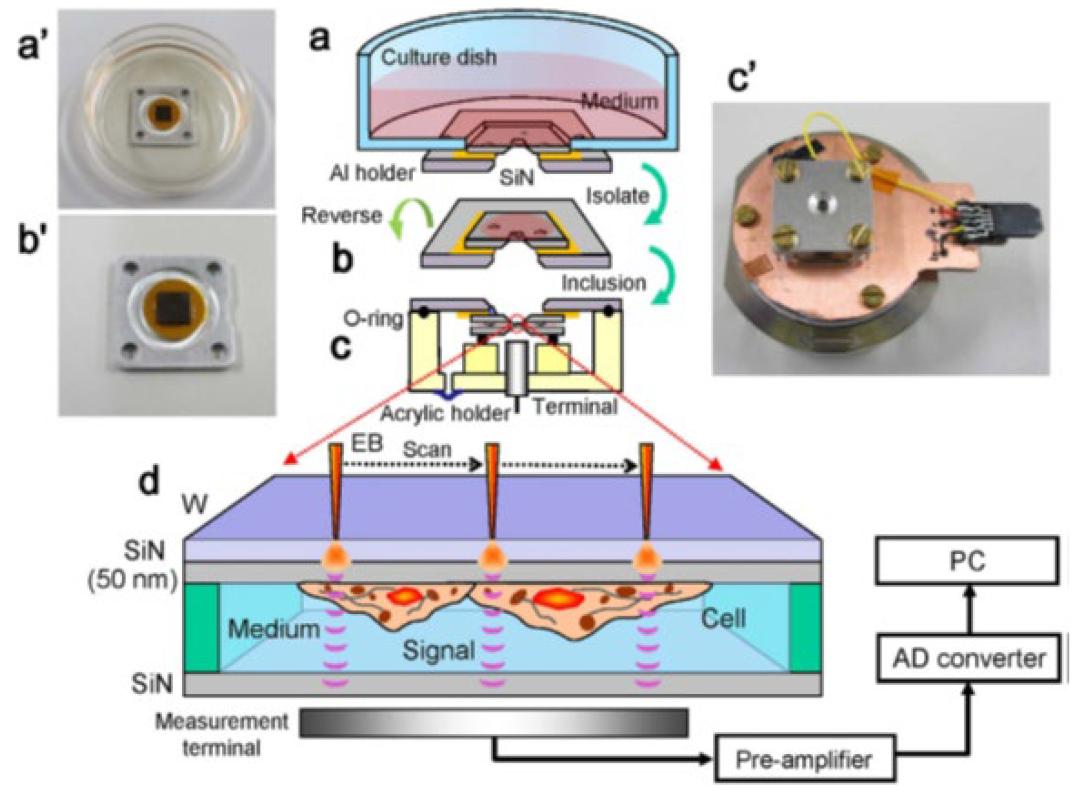
Fig. 1. Experimental set-up of SE-ADM system.
(T. Okada, T. Ogura, Sci. Rep. (2016)
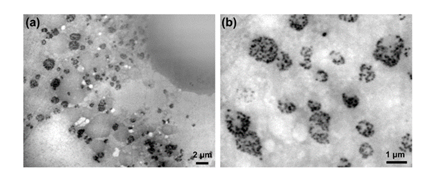
Fig. 2 High-resolution SE-ADM images of osteoblasts.
(T. Iwayama, T. Okada et al., Sci. Adv. (2019))
 Based on our knowledge and experience in optics, biophysics, electronics, and information technology, we develop new imaging technologies and conduct applied research. In particular, we aim to establish quantitative evaluation techniques for macro-molecular crowding and liquid-liquid phase separation by using our polarization-dependent fluorescence correlation spectroscopy (Pol-FCS)system. (Johtaro Yamamoto)
Based on our knowledge and experience in optics, biophysics, electronics, and information technology, we develop new imaging technologies and conduct applied research. In particular, we aim to establish quantitative evaluation techniques for macro-molecular crowding and liquid-liquid phase separation by using our polarization-dependent fluorescence correlation spectroscopy (Pol-FCS)system. (Johtaro Yamamoto)
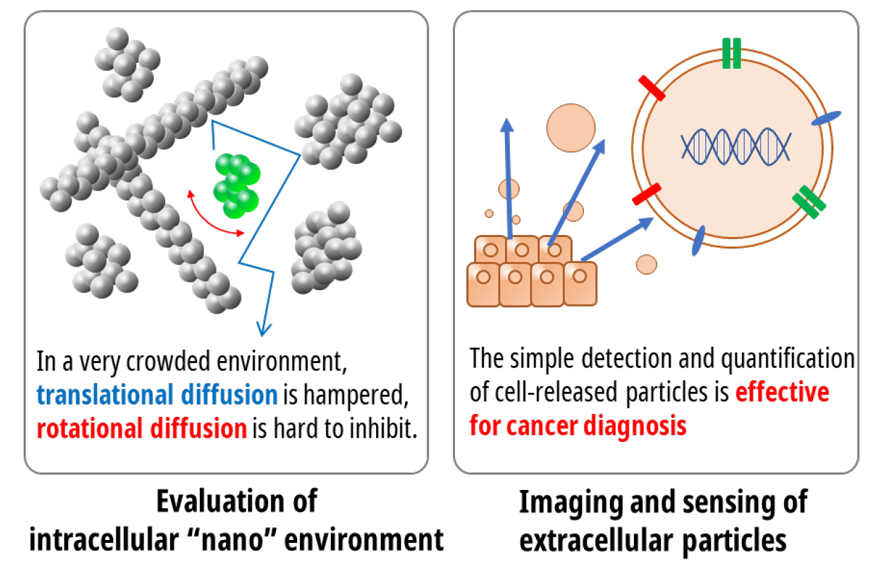
Development of new detection, quantification and imaging techniques based on optical technology
 Based on our strengths in “chemistry” including organic chemistry, biochemistry and analytical chemistry, we are developing functional biosensing materials for specific, sensitive and simple detection of biological components such as proteins. (Yoshio Suzuki)
Based on our strengths in “chemistry” including organic chemistry, biochemistry and analytical chemistry, we are developing functional biosensing materials for specific, sensitive and simple detection of biological components such as proteins. (Yoshio Suzuki)
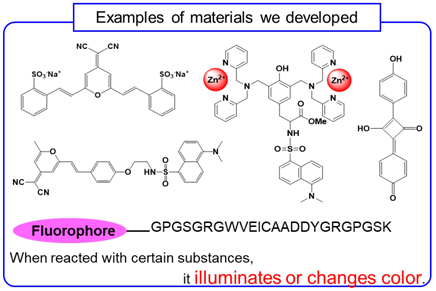
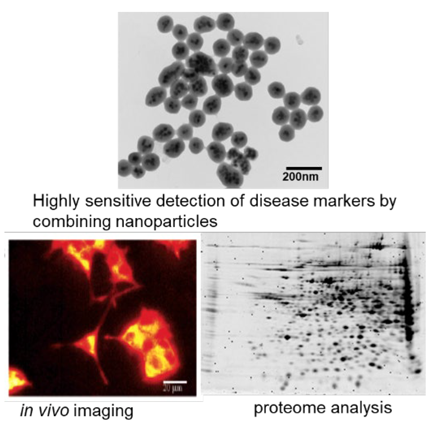
Some of the reagents were commercialized in collaboration with companies
 Electroanalysis is a way to detect analytes by measuring the current or potential on an electrode interface during a redox reaction. However, analytes which can be detected by the methods at conventional electrode materials have been limited due to the narrow measurable potential range and insufficient sensitivity for trace analytes. We have developed a high-performance "nanocarbon film electrode" for detecting trace amounts of various analytes, which is difficult to detect at conventional electrodes. These could find application in various fields such as drinks, foods, environmental and biochemical molecules. (Dai Kato)
Electroanalysis is a way to detect analytes by measuring the current or potential on an electrode interface during a redox reaction. However, analytes which can be detected by the methods at conventional electrode materials have been limited due to the narrow measurable potential range and insufficient sensitivity for trace analytes. We have developed a high-performance "nanocarbon film electrode" for detecting trace amounts of various analytes, which is difficult to detect at conventional electrodes. These could find application in various fields such as drinks, foods, environmental and biochemical molecules. (Dai Kato)
